An intriguing find took place in 1921 near the Danish village of Egtved. Concealed inside a large burial mound was an oak coffin containing the remains of a young female who, experts calculate, was laid to rest there on a summer day around 1370 B.C.
While her bones have gone, other bodily parts such as her hair, nails, and teeth survived, thanks to a favorable preservation environment created in the coffin. The girl’s outfit also remains in remarkably good condition, and it has grabbed as much attention as her remains.
In the coffin, next to the Egtved Girl, they also found a small bundle of clothing with the cremated bones of a younger child, not older than six years old. Research suggests the two individuals may not have been related.
Despite being buried in Denmark, analysis of the girl has revealed that she was from another region in Europe–in fact, she may have been a truly international traveler from the Bronze Age. Studying the evidence from her grave-site supports the theory that Bronze age communities in Denmark and Southern Germany extensively interacted with one another.
The Egtved Girl is considered among the most famous figures of Bronze Age Europe. Analysis of her remains has shown she was just a teenager at the time of her death, between 16 and 18 years old. Her body was dressed in a timelessly modern-looking tunic-like blouse and short skirt when laid to rest. Reproduction costumes and artwork of her wool blouse and skirt of woolen cords are popular in Denmark and Germany.
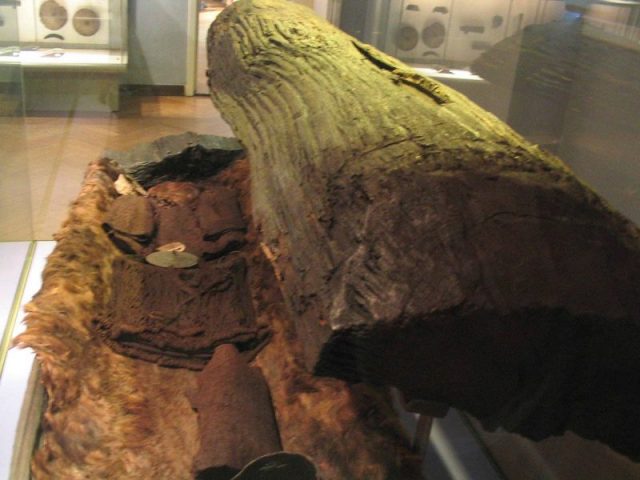
She was also wearing a bronze belt-plate decorated with spirals and other symbols associated with a sun cult present in Scandinavia in that era. Perhaps the girl was a priestess, a woman of high rank.
Experts have been able to generate a reconstruction of the last years of the girl’s life after analyzing traces of strontium found in her teeth, hair, and thumbnails. According to senior researcher Karin Margarita Frei from the National Museum of Denmark, this chemical element can be used as a kind of “geological GPS.”
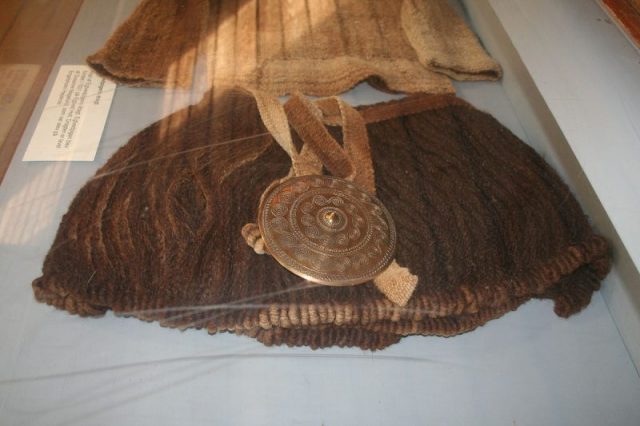
Strontium is naturally present in rocks, but in varying amounts and molecular compositions at different broad geographic regions. It is absorbed by all animals and plants through ingesting water and food, so by examining the ratio of different isotopes of strontium in Egtved Girl’s teeth and hair, and comparing this to analysis of the type of wool fiber in her blouse, the research team have pinpointed her origin to a region of southwest Germany. According to the research paper published in the journal Scientific Reports in 2015, the ancient teenager spent her early life in Schwarzwald (the Black Forest), where she was likely born as well.
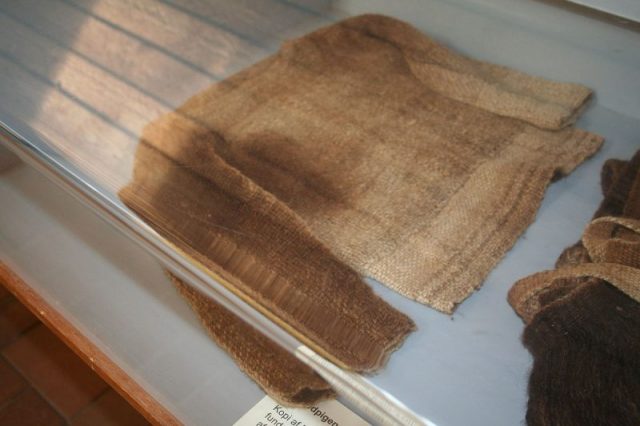
Based on her traveling log, the Egtved Girl appears to have had a surprisingly modern story. In the two years preceding her death, it appears that Egtved Girl left her homeland and traveled hundreds of miles to Denmark, possibly for an arranged marriage in order to help strengthen alliances between the chief of her own family or group and the Danish chief. However, she did make one further trip back home for up to six months, returning north just a few months before she died.
According to another theory, the girl might have held some political power, which was possible in Scandinavia back then, particularly if she was from an important family and her parents had no male heir.
Both the Danish and German regions are known to have been power centers throughout the Bronze Age, the former trading Baltic amber, which was highly valued across the continent, for bronze. The possibility is not excluded that she might have traveled to strike trade deals utterly on her own.
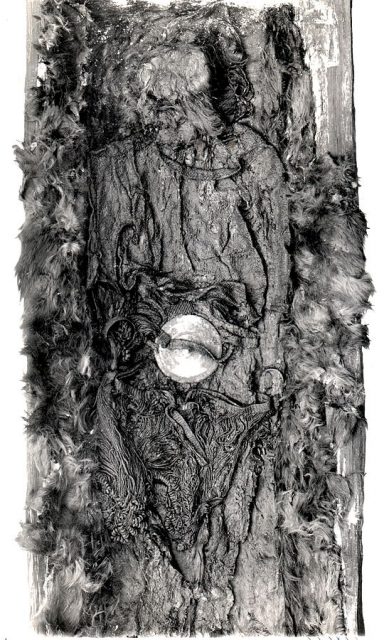
Such postulations have greatly excited archaeologists, historians, and other experts, as the girl and her grave goods provide new insight into how complex relations unfolded among peoples of the Bronze Age.
The Egtved case supports previously discovered archaeological evidence that people traveled great distances and engaged in complex relations, although this was still the Bronze Age.
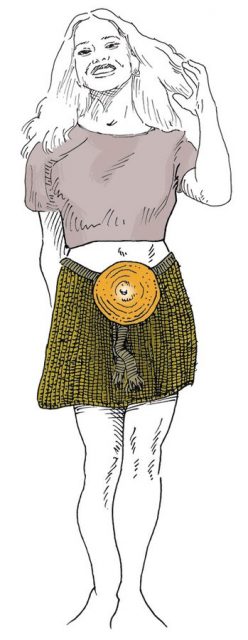
The remains of the girl and her burial place, as well as reconstructed model of her outfit, can be seen at the National Museum of Denmark. There is also a reconstructed set of clothes exhibited in the Egtved Girl Museum near the excavation site where visitors can learn in greater details how the excavation process itself progressed almost a century ago.
This significant find happened in 1921, but it was new technologies that allowed scientists to revisit and reexamine the materials retrieved from archaeological site. In another recent discovery, earlier in 2018, the famed Gebelein mummies that have been displayed at the British Museum for years were inspected anew. Scientists found out the mummies actually sported some of the world’s oldest known tattoos, and have been prompted to rewrite aspects of the early history of tattooing.
